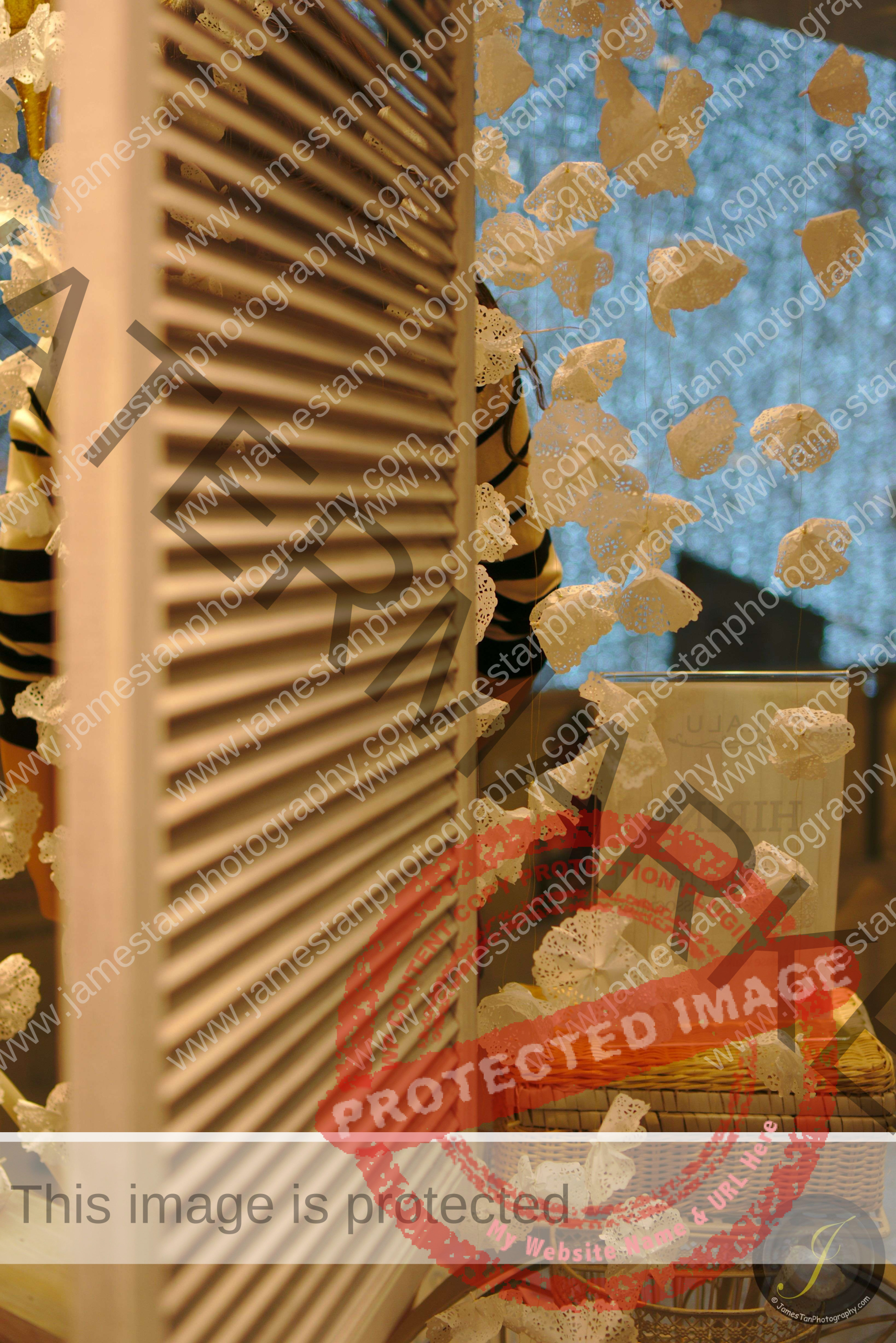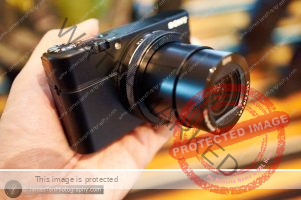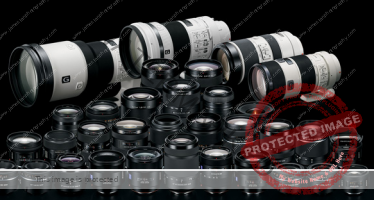The last photography tips discussed about 10 Factors to be Considered Before Buying a Lens, and basically, we know that there are two types of lenses, the prime lens, and the zoom lens.
Above is the Sony Zeiss SEL55F18Z prime lens, which provides one wide and smooth focus ring. You don’t get the second zoom ring here because it does not change the focal length!
Many photography amateurs and professionals are in love with the prime lens or even insist on using it whenever possible. However, many people who just migrated to interchangeable-lens-camera (ILC) are intimidated by the prime lens. It is because we have to move closer or get away from our subject physically. And we will think, “it is for professional use, not for me.”
So let’s get rid of that mindset. We will find out why so many people are in love in the prime lens in today’s post.
1. Fast Prime
We always hear people talk about “fast prime,” so what is it? The prime lens usually comes with a larger aperture like F1.8, F1.4, or even F1.2 that we never see on any typical zoom lens (usually we see the zoom lens comes with the max aperture at F2.8). A larger aperture allows more light to hit the image sensor in a shorter time, which means we can use a faster shutter speed to avoid any motion blur. It is handy when we are shooting in the low-light scene.
2. Best Optical Performance
A prime lens has relatively simpler structure than a zoom lens as it only focuses a single focal length. The lens manufacturer could make the lens more compact while maintaining optimized optical performance. Besides, the image output is sharper and have better control in distortion, vignetting, flare, etc.
3. Cheaper
When we compare the price of a constant aperture F2.8 zoom lens with a F2.8 prime lens, the price difference is enough to buy a second or third prime lens of different focal lengths. With the same amount of money spent, we may get several fast prime (F1.8, F1.4, F1.2, etc.) that cover the same focal-length range of the bulkier and heavier constant F2.8 zoom lens.
4. Force You to Think
Thinking of framing the subject is necessary regardless of using the prime lens or zoom lens. However, some of us might misuse the convenience of zoom lenses. We would be relying on zooming to decide what to shoot instead of thinking about the framing before zooming.
The prime lens forces us to think about framing a subject and zoom by moving our legs instead of fingers. When moving around our subject, we will get a different angle of view and feel ourselves. The other advantage of moving ourselves to zoom in/out of the subject is that we are getting familiar with the physical distance sensing from the subject.
Once we get used to the specific focal length, our eyes will frame the subject automatically. Then we can take out our camera and “gotcha”!
5. Bokeh
Fast prime allows us to shoot at a faster shutter speed and creates an addictive effect that a zoom lens is not easy to produce — the bokeh! When using a standard zoom lens like F 3.2/5.6 24-105 mm, we get the largest F3.2 at 24 mm and only F5.6 at 105 mm!
You may argue that the constant F2.8 24-105mm zoom lens could also get some lovely bokeh effect at F2.8. Yes, you are right, but how many of us are affordable for those constant F2.8 zoom lenses? And a constant F2.8 zoom lens is heavier and bulkier than a F1.8 prime lens. Besides, we may get a F1.8 24 mm and a F1.8 105 mm lens easily at a lower price, and they are much smaller and lighter. Yes, there are two lenses, but we only put one of them on the camera at one time aren’t we?
Bottom Line
Although the prime lens is not as convenient as the zoom lens, its optical performance dramatically outperforms the typical zoom lens. If you are shooting night photography or in any low-light scene, bring along a fast prime, and you’ll appreciate it.
That’s all for today. Thanks for your reading, and I hope you like it.







